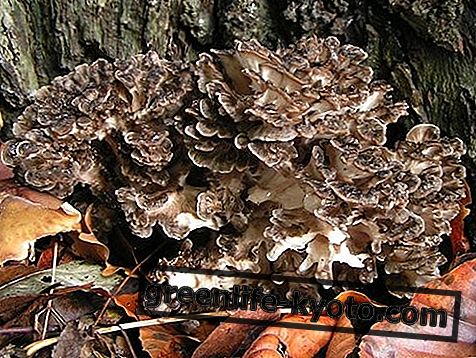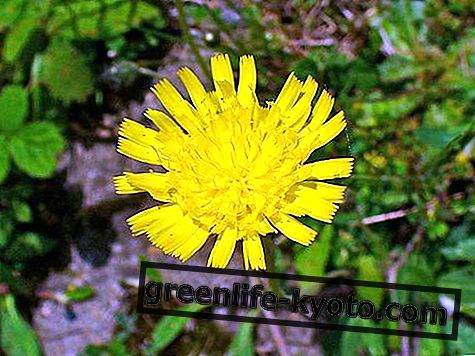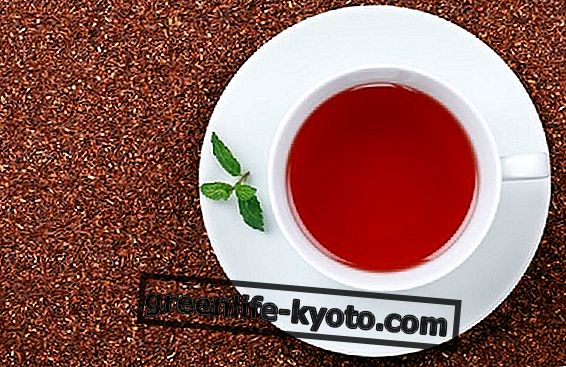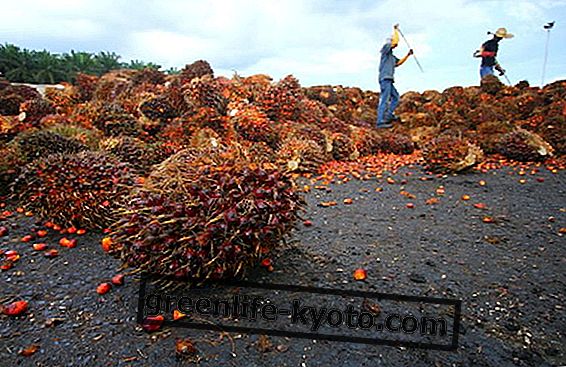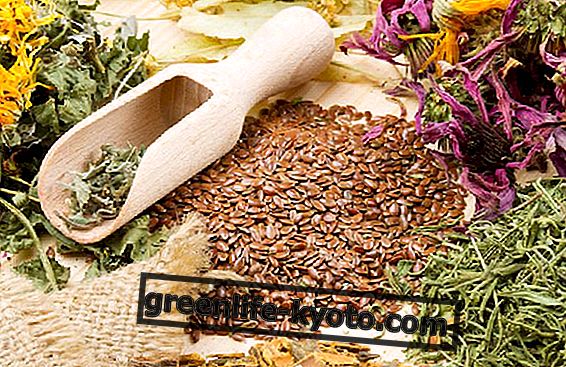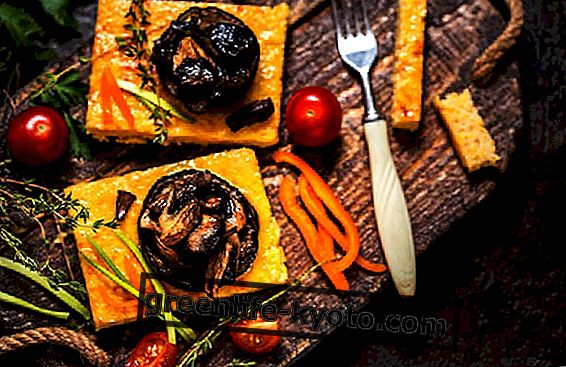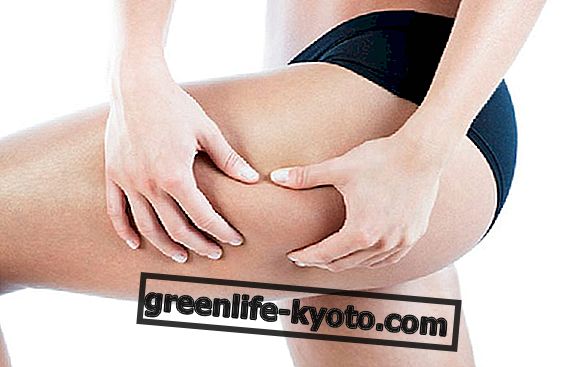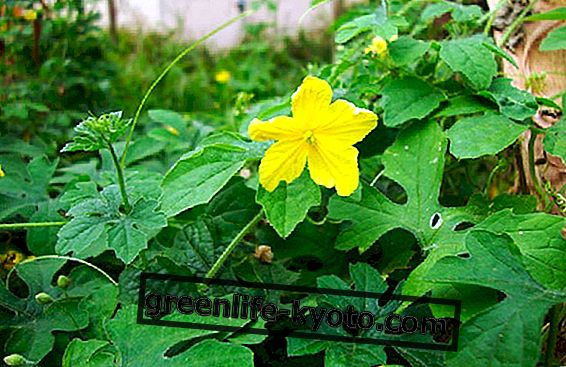
Diabetes herbs play a hypoglycemic action that can also intervene on disorders associated with this chronic disease, linked to glucose metabolism . Some of these officinal herbs stimulate the production of insulin, others reduce the absorption of sugars, others favor their elimination from the body.
Diabetes is a metabolic disorder that requires traditional pharmacological treatment, but in some cases, along with medical therapy, the use of officinal herbs, active on this pathology of replacement, may be useful. The consumption of carbohydrates, such as pasta and bread, is superior to how much the body is able to dispose of them, in a sedentary lifestyle like ours. Furthermore, white sugar, with which we sweeten foods or drinks every day, or which we introduce through sweets, candies, drinks, preserves, liqueurs, etc., is the end product of a long industrial transformation that kills and subtracts all the nutritive principles, present in the beetroot or sugar cane and poisons our body in a truly "sweet" way.
So in cases of mild hyperglycemia, a healthy and balanced diet, associated with a correct lifestyle, the use of appropriate natural remedies may suffice; while, in the most serious cases, synthetic drugs can be accompanied, under strict medical control, to avoid undesired effects or unwanted interactions, some plants with hypoglycemic action to be used in the form of mother tinctures, herbal teas or titrated dry extracts.
What is diabetes
In common practice, the term diabetes refers to the condition of diabetes mellitus (so called by the ancient Greeks for the presence of sweet urine ) that manifests itself with alterations of the metabolism of sugars, due to an insufficient or altered production of insulin by of the pancreas. Insulin is basically a hypoglycemic hormone, which increases the absorption of glucose by the cells when the blood sugar level is high (blood sugar). Together with glucose, insulin also promotes the entry of amino acids and lipids into cells and for this reason is called "the anabolic hormone par excellence".
Diabetic patients due to an absolute or relative lack of insulin cannot use sugars; therefore these remain in circulation and cause an increase in blood sugar (hyperglycemia). Among the different types of diabetes, two are the main forms:
- insulin-dependent (type I) : characterized by a generally abrupt and severe onset, a consequence of infectious diseases, it appears in young subjects and requires insulin therapy.
- non-insulin-dependent (type II): it has a gradual onset and generally affects middle-aged subjects, often overweight, who have cases of inheritance among first-degree relatives.
This pathology is a real problem for health, not only in the industrialized countries of the West, but also in developing countries, as shown by the latest studies on the growth of diabetes in the world, because in the long term it can also lead to complications very serious, especially at the level of the circulatory system, but not only: atherosclerosis, diabetic glomerulopathy, diabetic retinopathy, diabetic neuropathy and diabetic ulcer are just some of the associated pathologies.
Herbs for diabetes
- Blueberry: ( Vaccinum myrtillus ) in folk medicine leaves are used for the treatment of diabetes, active principles are represented by tannins, glycosidic flavonoids, phenolic acids, pectins, triterpenes, polyphenols (procyanidins and anthocyanins). Research has shown that the plant is able to reduce triglyceride levels in dyslipidemias and improve vascular microcirculation . Anthocyanosides have anti-ulcer, anti-inflammatory activity and are responsible for the properties of blueberries to inhibit capillary permeability in diabetic subjects and in associated circulatory disorders, in vascular complications and retinal hemorrhages due to diabetes.
- Momordica : ( Momordica Charantia ) has been used for centuries in traditional Chinese medicine and in Ayurvedic medicine for the control and treatment of diabetes and hypertension. The active ingredients contained in its fruits are triterpenes, glycosides, saponins, alkaloids, proteins, vitamin A, C and those of group B, phosphorus, iron, and bitter substances such as mormordicosides K and L, capable of decreasing glucose levels . The hypoglycemic action is given by the plant's ability to stimulate insulin production, favoring gluconeogenesis.
- Gymnema: ( Gymnema silvestre ) the leaves contain gymnemic acids, capable of stimulating pancreatic beta cells in the production of insulin. Their hypoglycemic action is expressed through two main mechanisms: inhibition of the absorption of sugars in the intestine; and stimulation of glucose metabolism at the cellular level. Studies have shown that these active ingredients are made up of a molecule similar to that of sugar, but larger, so it binds to intestinal receptors, used to absorb sucrose, reversibly blocking them. This blockage occurs quickly and lasts for many hours, especially if the doses are repeated throughout the day, preventing sugar absorption by 50%.
- Burdock: (Arctium lappa), the root of this plant contains lignans, B-complex vitamins, amino acids, trace elements, bitter substances, tannins and resins; but above all it is made up of inulin, which has a purifying action on the blood . The hypoglycemic property of the plant is due to the detoxifying effect that it plays on the waste of the various metabolic reactions of the organism. Its use is helpful and supportive in this important activity carried out by the liver, kidneys, intestines and skin, considered the natural excretors. The result of good drainage consists in an enhancement of hepatic and biliary activity, diuresis, intestinal transit and regulation of sebaceous secretion. Therapeutic use is therefore recommended in the treatment of diabetes and hyperglycemia (in which case it should be taken under strict medical supervision, for the consequent interaction with synthetic hypoglycemic agents), to fight cholesterol, hyperuricemia that causes rheumatism and gout.
- Galega: (Galega officinalis) the galegina contained in the plant gives it hypoglycemic properties, thanks also to the presence of chromium salts, which reduce the blood sugar level in the blood. The galleon also exerts a purifying action on the liver and kidneys: thanks to its ability to increase the secretion of urine, it promotes the elimination of sugars and toxins through diuresis.

